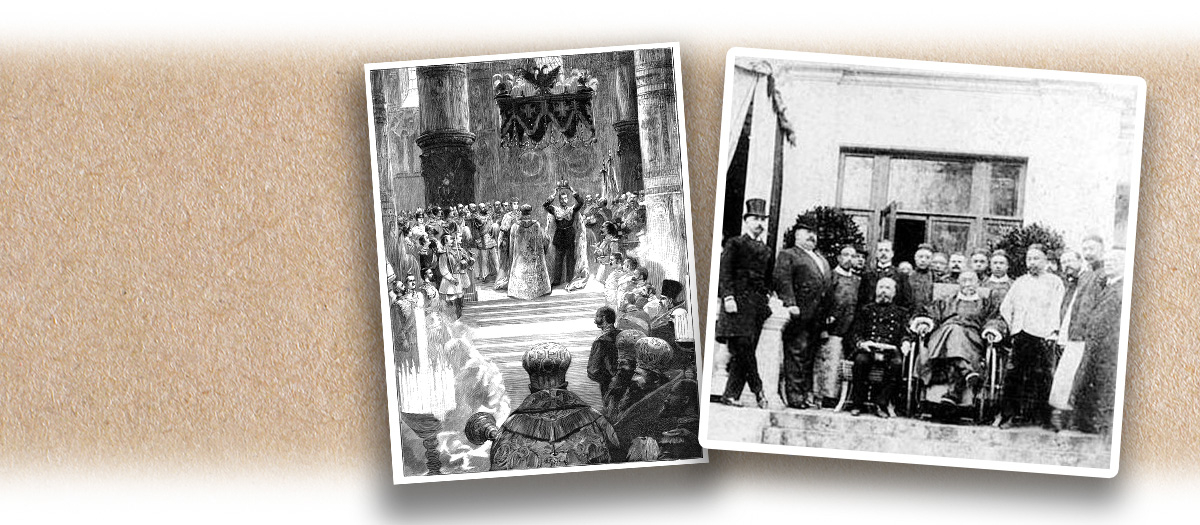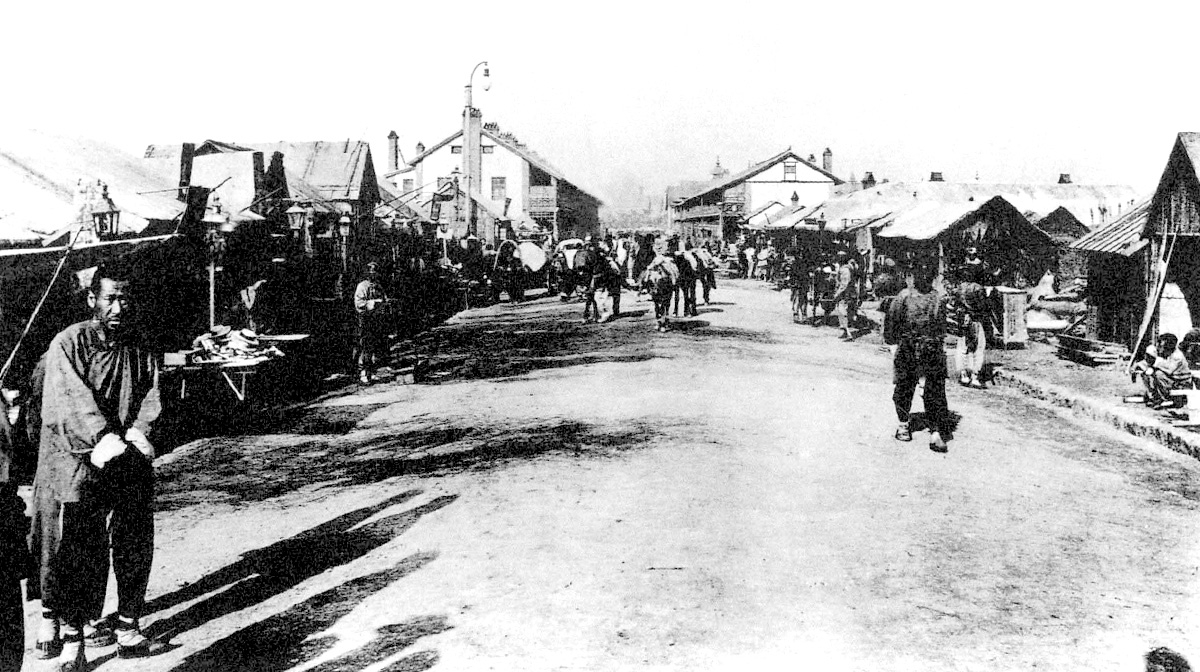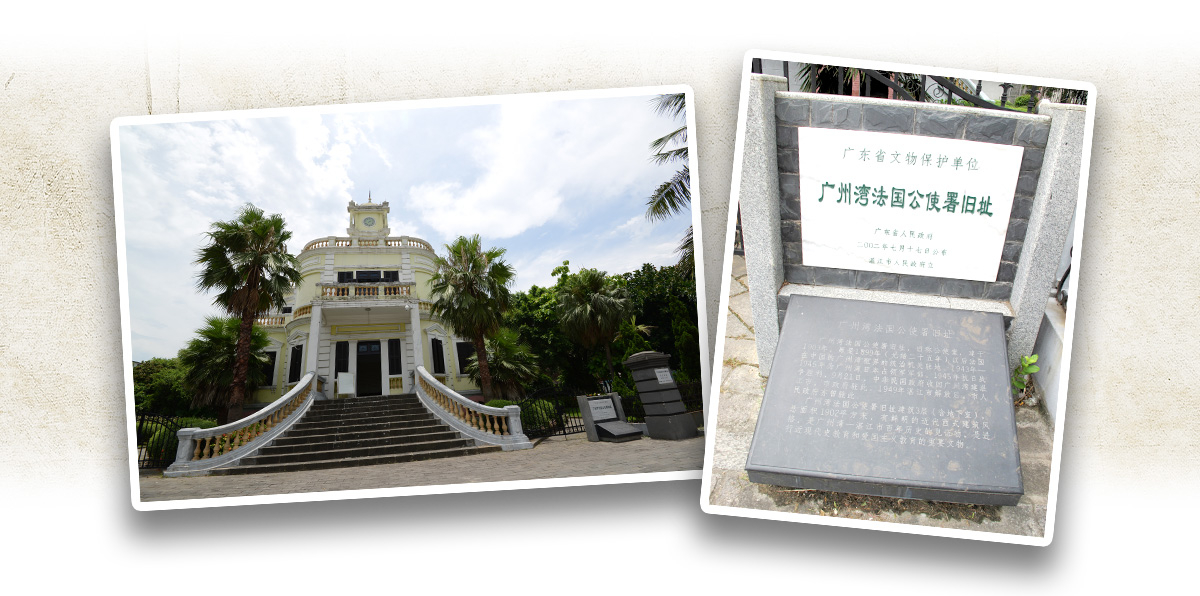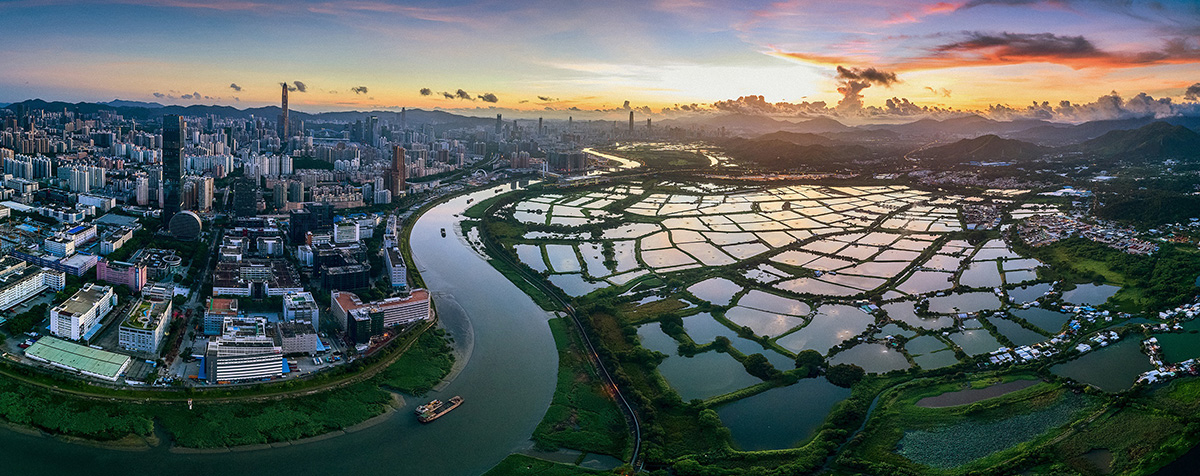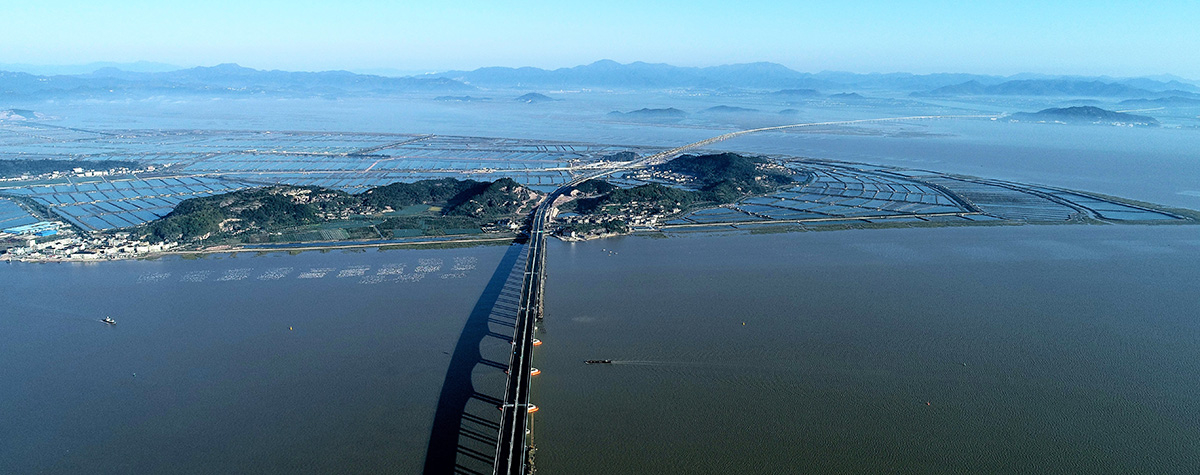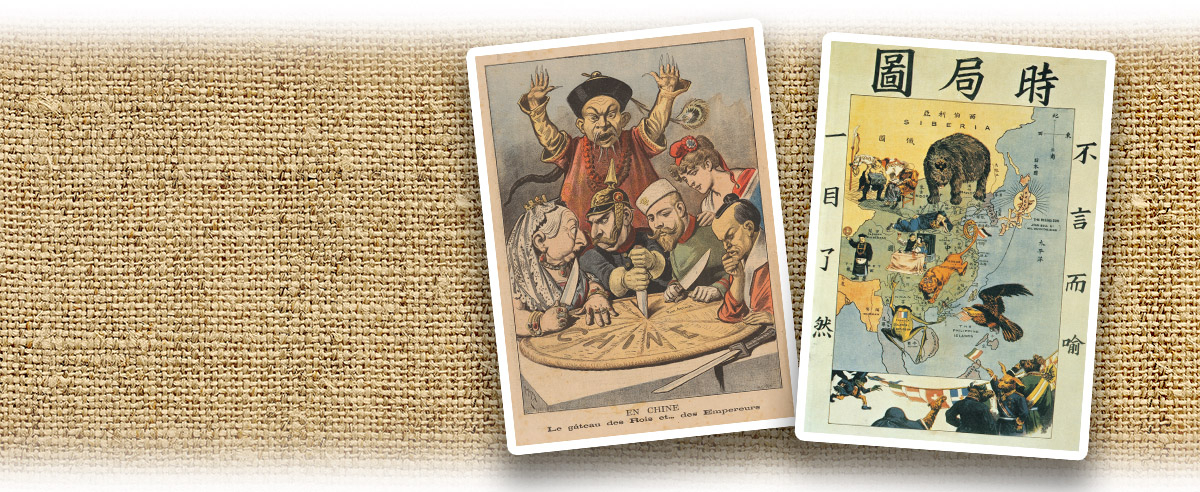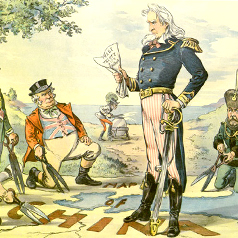After the Opium War, the imperialist powers employed military, economic, and diplomatic means to vie for further interests in China. This brought the country ever closer to partition. By the end of the 19th century, China’s national defences were in ruins after its defeat in the First Sino-Japanese War. This left it powerless to stop the powers as they raced to acquire coastal leaseholds and demarcate their respective spheres of influence, consumed by a mania to have much of China divided among themselves.
The scramble for the Chinese territory began in 1896, when Russia coerced China into signing the Sino-Russian Secret Treaty (《中俄密約》), which granted Russia privileges including railway and mining concessions in north-eastern China. When the other imperialist powers caught wind of this, they demanded the same for themselves. Between 1897 and 1898, Germany forced China to lease it Jiaozhou Bay (膠州灣) for 99 years and obtained railway and mining concessions in Shandong Province (山東). Russia, using the pretext of Germany’s occupation of Jiaozhou Bay, forced China to grant it 25-year leaseholds on Lushun (旅順) and Dalian (大連) with an option for extension. In 1898, France secured a promise from China that it would not cede the territory in the provinces of Yunnan (雲南), Guangxi (廣西), and Guangdong (廣東) to another power. In the year that followed, it obtained a 99-year lease on Guangzhouwan (or Guangzhou Bay, 廣州灣,now known as Zhanjiang﹝湛江﹞).
Britain coerced China into agreeing the terms of the Sino-British Convention for the Extension of Hong Kong Territory (《中英展拓香港界址專條》) signed on 9 June 1898. This stipulated that the northern part of the Kowloon Peninsula - the territories north of present-day Boundary Street and south of the Sham Chun River (Shenzhen River, 深圳河) - as well as over 200 outlying islands surrounding Hong Kong, including Lantau Island, were to be leased to Britain. The newly leased territories, collectively referred to as the “New Territories”, were placed under the sole jurisdiction of Britain for a term of 99 years. Later, Britain also extracted from China a 25-year lease on Weihaiwei (威海衛) as well as a promise that it would not cede the territory in the Yangtze Basin (長江流域) to another power. Similarly, in 1898, Japan made China promise that it would not cede Fujian Province (福建) to another power.
All these concessions brought China to the verge of partition.
|
|
What ignited the imperialist powers’ scramble for China in the late 19th century? |
|
|
See answer below. |
In May 1896, Li Hongzhang (李鴻章), on behalf of China, attended the coronation of Tsar Nicholas II of the Russian Empire. In June, China and Russia signed the Sino-Russian Secret Treaty, which gave Russia numerous privileges in north-eastern China, turning it part of Russia’s sphere of influence. The event initiated a scramble by the imperialist powers for the Chinese territory. On the left: the coronation of Nicholas II; on the right: a group photo of Li (figure in wheelchair) with the Russian officials taken at his lodgings in Russia.
In November 1897, the German military landed in Jiaozhou Bay, Shandong. On 6 March 1898, Germany and China sealed a deal to grant Germany a 99-year lease on the Jiaozhou Bay region (which encompassed Qingdao﹝青島﹞) as well as various privileges in Shandong. A race for leasehold on Chinese ports was then triggered among the imperialist powers.
On 27 March 1898, Russia coerced a 25-year lease on Lushun. Pictured is the Russia-administered Lushun in the late Qing dynasty.
On 27 March 1898, Russia coerced a 25-year lease on Dalian. Pictured is a streetscape of Dalian under Russian rule.
The former French Commissioner’s Office in Guangzhouwan and its memorial plaque. Guangzhouwan was the name of present-day Zhanjiang during the late Qing dynasty. In March 1898, France asked China not to cede Yunnan, Guangxi, and Guangdong to another power, and received China’s agreement the following month. On 19 November 1899, France made another deal with China to rent Guangzhouwan for 99 years. The French Commissioner’s Office used to house the highest ruling authority in the French-ruled Guangzhouwan.
The present-day Sham Chun River. In the picture, Shenzhen and Hong Kong are on its left and right banks respectively. On 9 June 1898, the Sino-British Convention for the Extension of Hong Kong Territory was signed. This agreed that the northern part of the Kowloon Peninsula - the territories north of present-day Boundary Street and south of the Sham Chun River - as well as over 200 outlying islands surrounding Hong Kong, including Lantau Island, would be leased to Britain for 99 years. The newly leased territories were collectively referred to as the “New Territories”.
Pictured is the east gate of Weihaiwei, Shandong, in the late Qing period. In February 1898, the Qing government acceded to Britain’s request and declared that it would not cede any provinces in the Yangtze Basin to another power. On 1 July of the same year, China granted to Britain a 25-year lease on Weihaiwei.
Pictured is the former Japanese consulate in Kulangsu (鼓浪嶼), Fujian. In April 1898, Japan forced China not to cede or lease Fujian to another power. Fujian was then incorporated into Japan’s sphere of influence.
In February 1899, Italy requested to lease Sanmen Bay (三門灣), Zhejiang Province (浙江). However, the Qing government did not see Italy as a threat and refused its request. In October, Italy abandoned the acquisition. Pictured is the present-day Sanmen Sea-crossing Bridge (三門灣跨海大橋).
Pictured are two cartoons that depict China being divided among the imperialist powers.
The picture on the left, from a French publication, shows the imperialist powers sitting around a dining table cutting up the “China pancake”. From left to right, the countries helping themselves to “their share” of China are Britain, Germany, and Russia (represented by their respective monarchs); France (represented by Marianne, personification of the nation’s founding spirit) and Japan (represented by a samurai). An official of Qing China, standing at the back, could only throw up his hands in resignation. The picture on the right, from a Chinese publication, shows China being eyed up by Russia (represented by a bear in the north), Britain (represented by a lion in the centre), France (represented by a toad in the south), Japan (represented by a sun in the east), and the United States (represented by an eagle flying in from the south-east). The German flag has already been planted on Shandong. Also depicted are Qing officials who are seemingly preoccupied with sleeping, enriching themselves, and recreation.
|
|
What ignited the imperialist powers’ scramble for China in the late 19th century? |
|
|
Starting from the 1870s, Western capitalism increasingly assumed the nature of monopoly capitalism, in other words, imperialism. It featured the formation of a financial capital empire monopolising important assets and raw materials. Imperialism also stressed on capital export and territorial acquisition worldwide to secure the control over commodity markets, the extraction of raw materials, and zones of investment. The “scramble for Africa” that ended with Africa being colonised by different powers took place by the end of the 19th century. During the same period, the imperialist powers strove to subject China to the same fate. When China was defeated in the First Sino-Japanese War, it became the perfect opportunity for them to start their plans to dismember the country. |
Sources of most photos used in this feature piece: Visual China Group (pictures 1, 5, 6 and 9), Fotoe (pictures 2, 3, 4, 7, 8 and 10), misc. photo sources.





